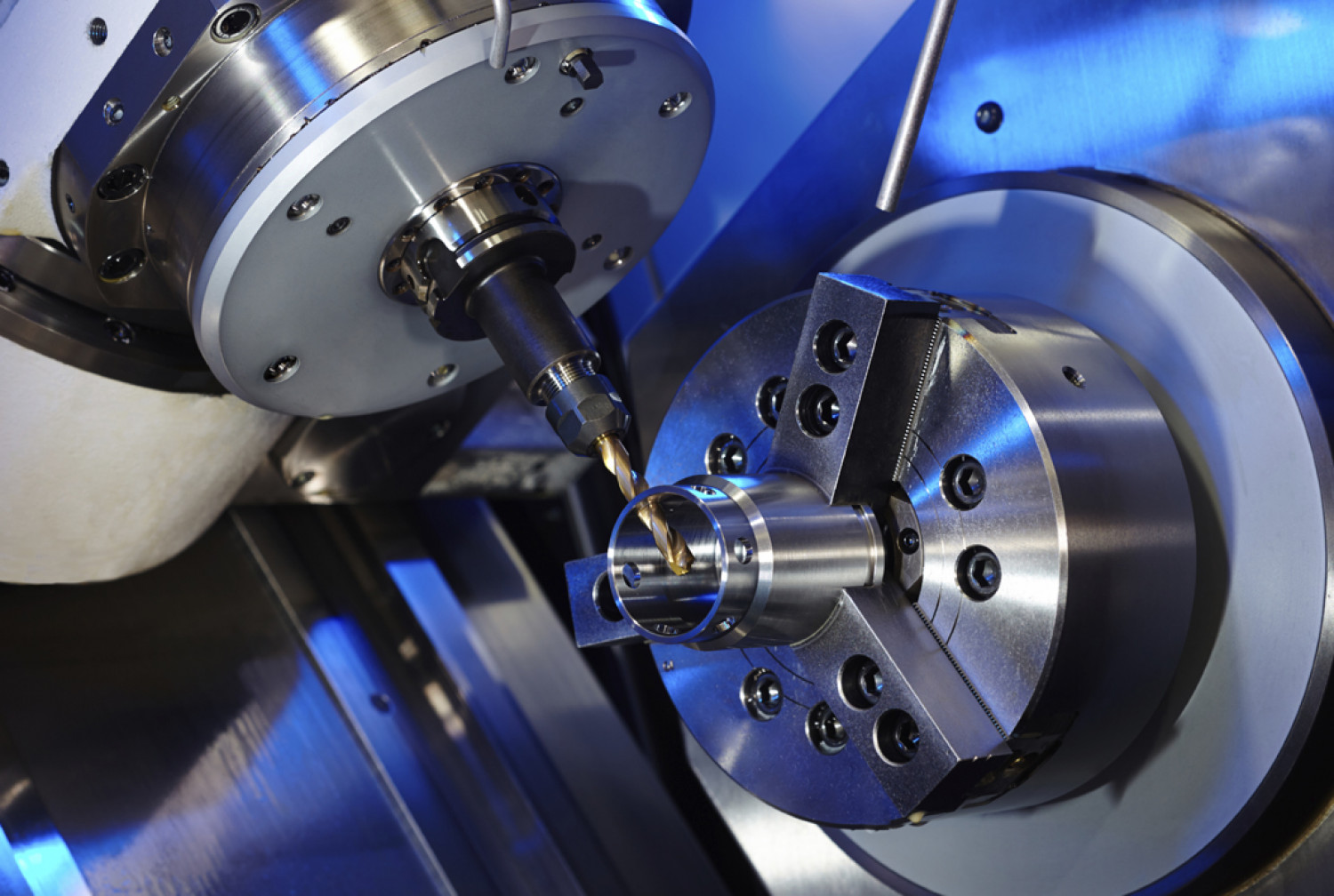Calculating the Hourly Expense of CNC Machining

As a digital marketer in the CNC machining industry, I understand that businesses and engineers are often interested in understanding the cost implications of this advanced manufacturing process. When it comes to calculating the hourly expense of CNC machining, there are several factors to consider to ensure a fair and accurate estimation. In this article, we'll break down the key components that contribute to the hourly rate and provide a simple formula to help you���� costs.
1. Machine Type: The type of CNC machine you're using plays a significant role. Different machines have varying capabilities, efficiency, and maintenance requirements. A larger, more complex machine like a 5-axis CNC router may cost more per hour than a smaller, entry-level mill. Be sure to research the specific model and its hourly rates.
2. Material Cost: The material you're machining, such as steel, aluminum, or plastic, has a direct impact on the cost. The cost of raw materials varies depending on market conditions and availability. Higher-grade materials often mean higher hourly rates due to the increased wear and tear on the machine and the need for specialized tooling.
3. Setup and Tooling: Setup time is crucial, as it includes preparing the machine, loading tools, and configuring the program. The cost of specialized tools, inserts, and tool changes can also add to the hourly rate. Repeated setups for small parts may increase the overall cost per hour.
4. Operator Skill and Experience: Skilled CNC machinists command higher hourly rates due to their expertise and ability to minimize errors and optimize production. Make sure to factor in the operator's experience level when estimating costs.
5. Machine Utilization: If your CNC machine is running continuously or near-continuously, the hourly cost will be lower due to economies of scale. However, if the machine is idle frequently, the cost per hour will rise. Consider your production schedule and how efficiently the machine is being used.
6. Overhead Costs: In addition to direct labor and machine expenses, don't forget to include indirect costs like electricity, maintenance, and facility overhead. RMT CNC Machining can vary depending on your location and business structure.
7. Volume Discounts: Some CNC shops offer discounts for high-volume work, which can lower the hourly rate over time. If you have a large project or recurring orders, inquire about volume discounts.
To calculate the hourly expense, follow these steps:
1. Gather Data: Collect information on the machine rental or purchase price, material costs, setup and tooling fees, operator wages, and overhead costs.
2. Estimate Hours: Calculate the average hours per part, considering setup time, machining time, and any required breaks or pauses.
3. Combine Factors: Multiply the machine cost (including lease or loan payments), material costs, and operator wages by the estimated hours per part. Add in setup and tooling costs, as well as overhead expenses.
4. Adjust for Volume: If applicable, apply volume discounts to the hourly rate.
For example, let's say you have a $10,000-per-month CNC router rental, $1 per linear inch of aluminum material, a skilled operator earns $25/hour, and the overhead is $5 per hour. If it takes 5 hours to machine a part and you have a volume discount of 10% for high volume:
- Machine cost: $10,000/month / 2080 hours/year = $48.72/hour
- Material cost: $1/linear inch * 100 linear inches = $100
- Operator wage: $25/hour * 5 hours = $125
- Overhead: $5/hour * 5 hours = $25
- Total without discount: $48.72 + $100 + $125 + $25 = $298.72/hour

- With volume discount: $298.72/hour - 10% = $268.85/hour
By breaking down the hourly expense into these components, you can better understand the cost of your CNC machining projects and negotiate with suppliers or service providers for a fair deal. Remember, accurate cost estimates help you make informed decisions and budget effectively.
